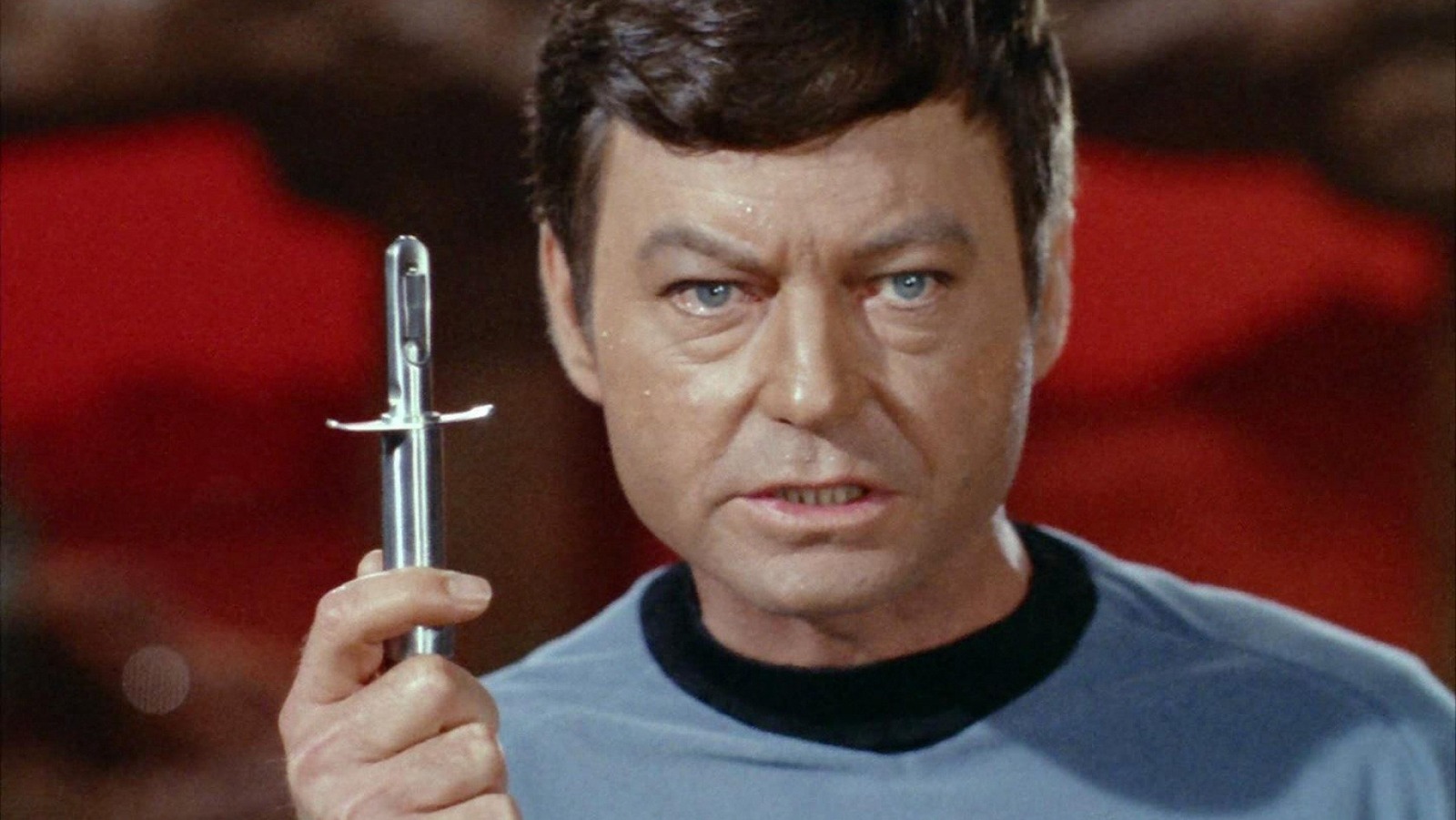
Sustainable Development Goals (SDGs) and the Career of DeForest Kelley

In this report, we will explore the career of DeForest Kelley, with a significant emphasis on the Sustainable Development Goals (SDGs). Kelley, known for playing tough guys and villains, expressed his frustration with the lack of creativity in casting decisions within the film industry. He believed that actors were often pigeonholed and typecast quickly, limiting their opportunities for diverse roles.
Challenges in Casting
Kelley criticized Hollywood for its tendency to slot actors into specific roles without considering their full range of abilities. He argued that casting agents failed to take his entire career into perspective, overlooking his potential to portray characters beyond villains. This typecasting made it difficult for actors like Kelley to break free from their established image and explore new roles.
He noted that studios lacked creativity when it came to casting decisions, resulting in limited opportunities for actors to showcase their versatility. This issue highlights the importance of SDG 8: Decent Work and Economic Growth, which aims to promote inclusive and sustainable economic growth, full and productive employment, and decent work for all.
Star Trek and Typecasting
When Kelley joined the cast of “Star Trek,” he believed that the role of Dr. McCoy would not lead to further typecasting. He assumed that his co-leads, William Shatner and Leonard Nimoy, who played more fantastical and outsize characters, would draw attention away from him. Kelley considered McCoy to be a “plain” character compared to the others.
“[…] McCoy was the most-human character in the whole group. I did not feel that way about Bill or Leonard. The captain, you think about ‘Flash Gordon’ or that sort of thing. And when I saw Leonard with his makeup, with the ears, I thought, ‘Well, he’s had it.’ I thought, ‘McCoy is still kind of an ordinary human being walking around out there and I don’t think there will be any problems at all.’ I was the most surprised man in the world when I was caught right in the same trap … if you can call it a trap.”
Despite his initial belief that McCoy’s character would not lead to typecasting, Kelley found himself facing the same challenge. As “Star Trek” gained cult popularity during reruns in the early 1970s, Kelley’s face became increasingly associated with his role as Dr. McCoy. This phenomenon highlights the impact of media and popular culture on shaping public perception and reinforces the need for SDG 16: Peace, Justice, and Strong Institutions, which promotes inclusive societies and access to justice for all.
Moving Forward
Kelley’s experience serves as a reminder of the importance of breaking free from typecasting and embracing diversity in casting decisions. It is crucial for casting agents and studios to consider an actor’s full range of abilities and provide opportunities for them to showcase their talent in various roles. This aligns with SDG 10: Reduced Inequalities, which aims to promote inclusivity and equal opportunities for all individuals, regardless of their background or previous roles.
In conclusion, DeForest Kelley’s career highlights the challenges faced by actors in breaking free from typecasting. The Sustainable Development Goals (SDGs) provide a framework for addressing these challenges and promoting inclusivity, diversity, and equal opportunities within the film industry.
SDGs, Targets, and Indicators
-
SDG 8: Decent Work and Economic Growth
- Target 8.5: By 2030, achieve full and productive employment and decent work for all women and men, including for young people and persons with disabilities, and equal pay for work of equal value.
- Indicator 8.5.1: Average hourly earnings of female and male employees, by occupation, age group, and persons with disabilities.
-
SDG 10: Reduced Inequalities
- Target 10.2: By 2030, empower and promote the social, economic, and political inclusion of all, irrespective of age, sex, disability, race, ethnicity, origin, religion or economic or other status.
- Indicator 10.2.1: Proportion of people living below 50 percent of median income, by age, sex, and persons with disabilities.
The issues highlighted in the article are connected to SDG 8 (Decent Work and Economic Growth) and SDG 10 (Reduced Inequalities).
Analysis
1. Which SDGs are addressed or connected to the issues highlighted in the article?
The issues highlighted in the article are connected to SDG 8 (Decent Work and Economic Growth) and SDG 10 (Reduced Inequalities).
2. What specific targets under those SDGs can be identified based on the article’s content?
Based on the article’s content, the specific targets that can be identified are:
- Target 8.5: By 2030, achieve full and productive employment and decent work for all women and men, including for young people and persons with disabilities, and equal pay for work of equal value.
- Target 10.2: By 2030, empower and promote the social, economic, and political inclusion of all, irrespective of age, sex, disability, race, ethnicity, origin, religion or economic or other status.
3. Are there any indicators mentioned or implied in the article that can be used to measure progress towards the identified targets?
The article does not explicitly mention any indicators. However, based on the targets identified, the following indicators can be used to measure progress:
- Indicator 8.5.1: Average hourly earnings of female and male employees, by occupation, age group, and persons with disabilities.
- Indicator 10.2.1: Proportion of people living below 50 percent of median income, by age, sex, and persons with disabilities.
Table: SDGs, Targets, and Indicators
| SDGs | Targets | Indicators |
|---|---|---|
| SDG 8: Decent Work and Economic Growth | Target 8.5: By 2030, achieve full and productive employment and decent work for all women and men, including for young people and persons with disabilities, and equal pay for work of equal value. | Indicator 8.5.1: Average hourly earnings of female and male employees, by occupation, age group, and persons with disabilities. |
| SDG 10: Reduced Inequalities | Target 10.2: By 2030, empower and promote the social, economic, and political inclusion of all, irrespective of age, sex, disability, race, ethnicity, origin, religion or economic or other status. | Indicator 10.2.1: Proportion of people living below 50 percent of median income, by age, sex, and persons with disabilities. |
Copyright: Dive into this article, curated with care by SDG Investors Inc. Our advanced AI technology searches through vast amounts of data to spotlight how we are all moving forward with the Sustainable Development Goals. While we own the rights to this content, we invite you to share it to help spread knowledge and spark action on the SDGs.
Fuente: slashfilm.com

Join us, as fellow seekers of change, on a transformative journey at https://sdgtalks.ai/welcome, where you can become a member and actively contribute to shaping a brighter future.






